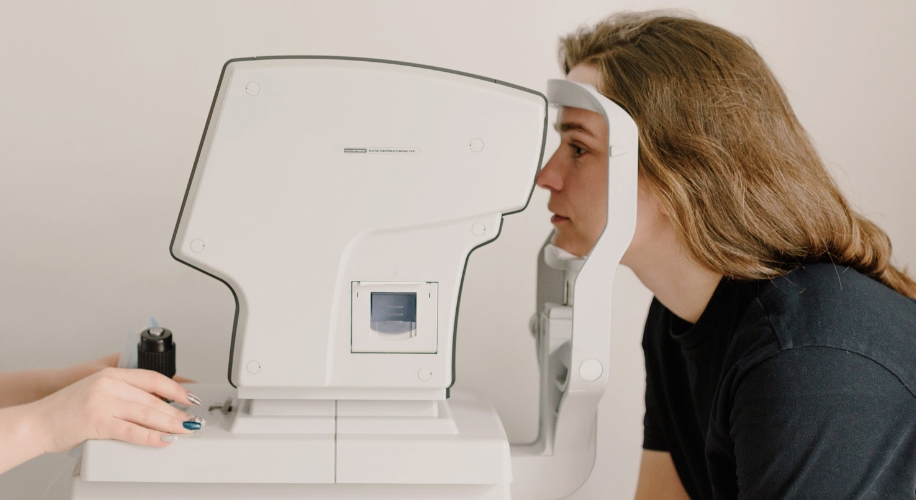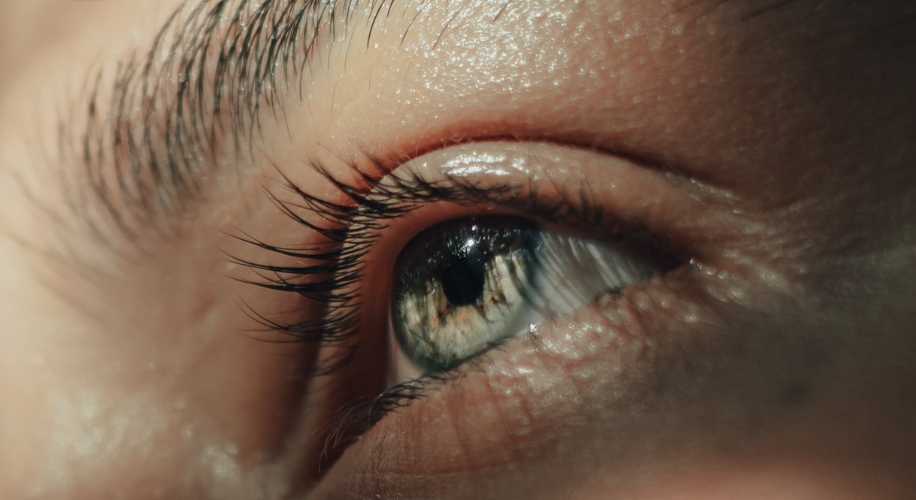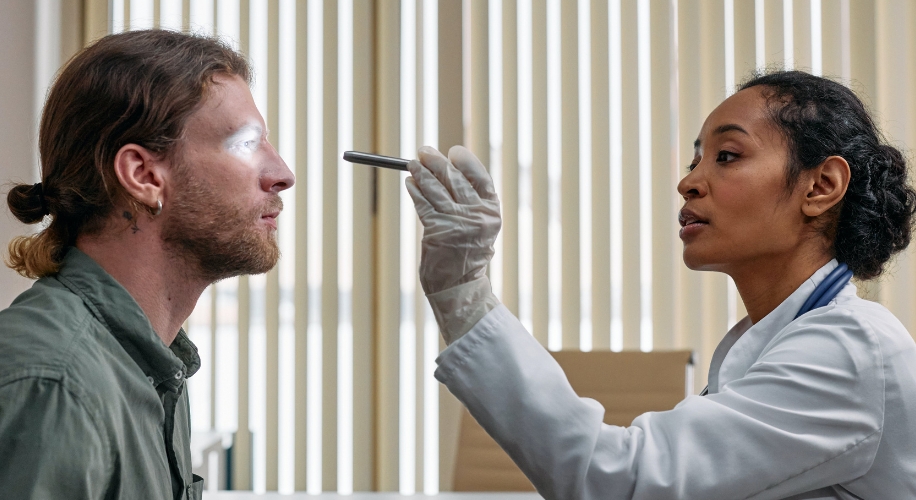Understanding the Air Puff Eye Pressure Test
- BY Dr. Steven Liem
- IN Eye Care

Photo by Ksenia Chernaya
When it comes to safeguarding your vision, routine eye exams are essential. One common component of these exams is the air puff eye pressure test, also known as non-contact tonometry. This test is crucial for detecting glaucoma, a group of eye conditions that can cause blindness if left untreated. Don’t worry; the test is quick, painless, and an integral part of maintaining your ocular health.
What is the Air Puff Test?
The air puff test is a method used to measure the intraocular pressure (IOP) in your eyes, which is the fluid pressure inside your eye. Increased IOP is a risk factor for glaucoma. This test involves a puff of air being blown onto the surface of your eye, and based on your eye’s response to the puff, the machine estimates the pressure inside. It’s a non-invasive procedure, and no instruments will touch your eye.
Steps of the Air Puff Test
- Preparation: You will be seated and asked to place your chin on a rest to stabilize your head. It’s important to remain still during the test for accurate results.
- The Puff: Once you’re positioned, you’ll look into the machine at a light or target. The machine will then release a quick puff of air onto your open eye. The sensation can be surprising but it’s over in seconds.
- Measurement: The machine calculates the IOP by measuring the time it takes for the air to flatten the cornea and the force required to do so.
What to Expect During the Test

Photo by Bruno Abdiel
It’s normal to feel a bit apprehensive if you haven’t experienced an air puff test before. Here’s what you can expect during the procedure:
- A slight startle from the puff of air, but no pain.
- The need to keep your eyes open without blinking as the machine works. This can be challenging, but the technician will guide you through it.
- Multiple measurements may be taken for accuracy.
- After the test, you’ll be able to blink and rest your eyes.
Tips for a Smooth Testing Experience
- Relax: Anxiety can affect the results, so try to stay calm.
- Follow Instructions: Listen closely to the technician’s guidance for the best outcome.
- Ask Questions: If you’re unsure about anything, don’t hesitate to ask for clarification.
After the Air Puff Test
Once the test is complete, your eye care professional will discuss the results with you. If your pressures are within the normal range, that’s great! If they’re elevated, further testing may be necessary. An air puff test is a screening tool, not a definitive diagnosis for glaucoma. Additional tests, possibly including contact methods where a probe gently touches the cornea (with numbing drops applied), may be needed for a comprehensive assessment.

Photo by cottonbro studio
Remember, early detection of high eye pressure can lead to early treatment, potentially saving your vision. If you have concerns about glaucoma or it’s time to renew your glasses prescription, don’t hesitate to book an appointment with your eye care provider. Regular eye exams are your first line of defense in maintaining healthy vision.

